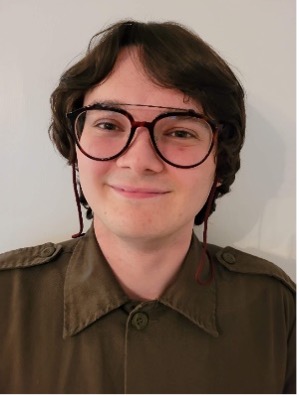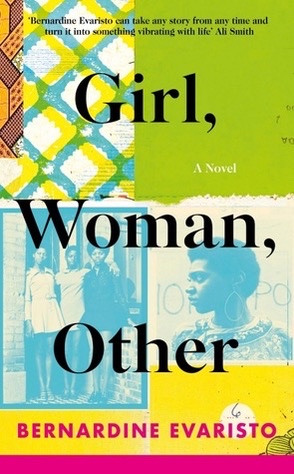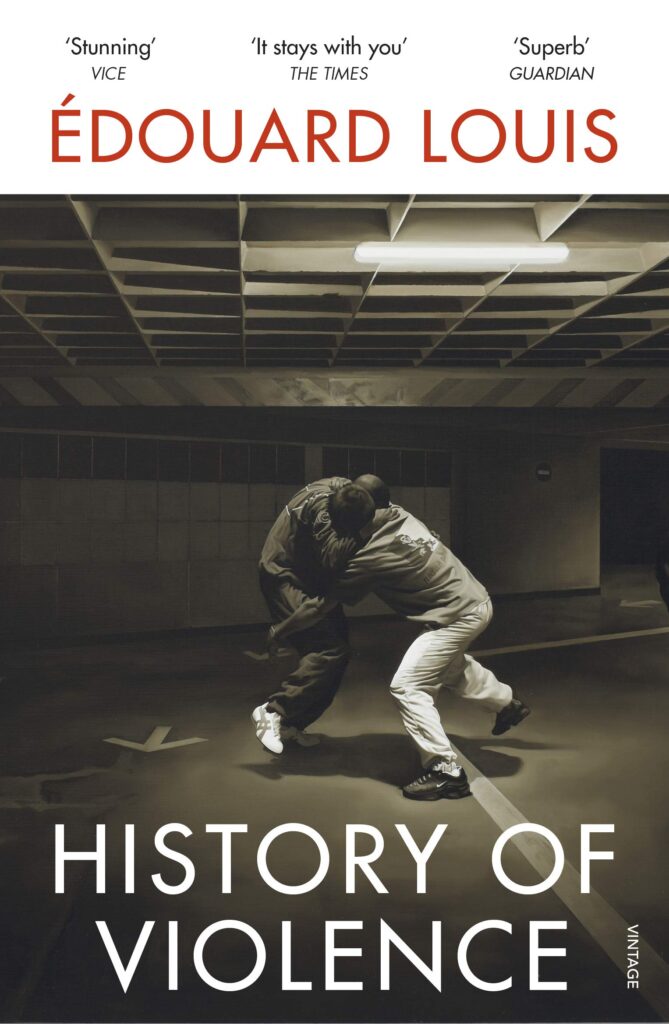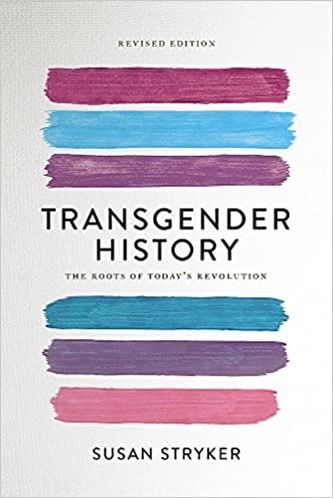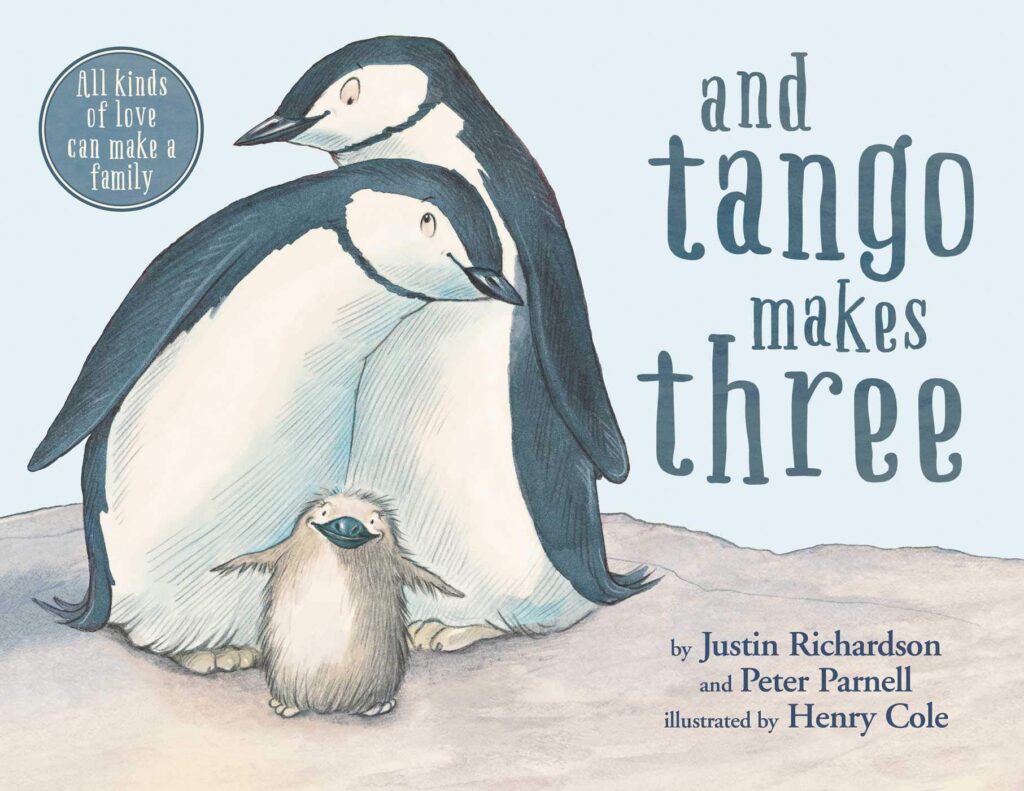History of Medicine MA Student
Since 2004 we celebrate on the 17th of May sexual and gender diversity. The International Day Against Homophobia, Biphobia and Transphobia also draws our attention to the continuous discrimination and violence faced by LGBTQ+ communities. This year, the United Nations Population Fund (UNPFA) has as its theme for this day “Our Bodies, Our Lives, Our Rights”, underlining the fundamental human right to bodily autonomy. Conversion therapy is one of the many discriminatory and violent acts against gender identity and sexual orientation, against the right to bodily autonomy. Newcastle’s master’s student in history of medicine, Ryan Fallon, has been looking into the history of conversion therapy. This blog highlights the feeling of shame experienced by many in the past who were exposed to conversion therapy.
Please note this blog may be distressing for some readers.
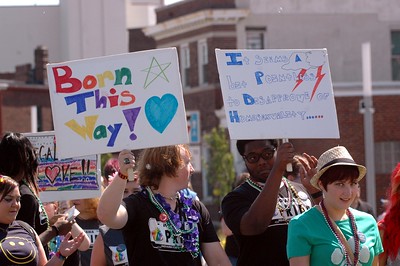
Gender, Sexuality and Space: A History of Emotions approach to Conversion Therapy in the U.K. in the 1960s and 1970s.
On the 1st of April 2022 the government made an announcement regarding conversion therapy in the United Kingdom. Conversion therapy would now be banned, but only for bisexuality and homosexuality (Gallagher/Perry 2022). Trans people could undergo conversion therapy without any repercussions being given to the institution administering it.
To avoid controversy, conversion therapy is dependent on the “voluntary” admission of the “patient”. When using a history of emotions framework, however, it is obvious that conversion therapy can never truly be “voluntary”. Shame is an active emotion that comes about because of a person’s action. They feel ashamed for what they have done. Shame forces people to act in a certain way to remove the negative emotion. The individual wants to remove anything that is shameful from themselves because shameful actions threaten their standing within the group (Stearns 2017: 4). Conversion therapy, as a “treatment”, is dependent on both these concepts. It is dependent on how society views the act that the “patient” needs an aversion to. It is also dependent on the individual being shamed – by society – for that act. As I will explore within this post, the history of conversion therapy in the 1960s and 1970s is linked with the emotion of shame. LGBT people could not experience space without feelings of shame. Transgender and homosexuality were positioned as a shameful act by society to maintain social hierarchies. This ultimately led to some LGBT people seeking “voluntary” conversion therapy.
Conversion therapy in the 1960s and 1970s, much like its use today, was predicated on excluding people from societal spaces. People could be excluded from their church, their school, or their workplace, because their actions did not conform to the standards set by society. During these two decades, public space was determined along the lines of religion, nationalism, and heterosexuality. Various governments used economic incentives to constantly replicate religious, nationalistic, and heteronormative societal norms; whilst the popular press continued to republish societal expectations. Family allowance, for instance, gave economic benefits to heterosexual unions (Weeks 2018: 256). Women’s magazines supported the idea of heterosexual unions by pressuring women to seek a “nuclear family” (Jennings 2007: 77). Shame comes about when one judges themselves to have failed to live up to societal standards (Taylor 1985: 54). LGBT people, because of their gender dysphoria or sexual orientation, found it impossible to live up to these societal codes. This was often the cause of feeling ashamed. Conversion therapy thus appeared to LGBT people as a way to “cure” themselves; to be able to live the way society expected of them. Not only would it remove the over-encumbering emotion of shame, but it would also allow people to live up to societal standards.

The veterinary student Ughtred Lovis-Douglas, who was homosexual, talked about how he found out about conversion therapy when interviewed by researcher Tommy Dickinson (Dickinson 2015: 70). Conversion therapy gave Ughtred a sense of “hope” (ibid). It meant that he could “be normal and like the other lads” (ibid). Ughtred’s account shows how space can have an impact on someone’s emotional response. Ughtred’s homosexuality excluded him from the masculinised environment that was created by the “other lads”. Ughtred wasn’t “normal” because he wasn’t heterosexual; he wasn’t following the codes that had been set by his society. Ughtred, as he expressed in the interview, felt shame for not being “normal”, whilst conversion therapy appeared to him as a medical solution. Conversion therapy was consequently perceived by Ughtred as a way to live up to societal standards.
Greta Gold, a trans person, recounted her own experiences of conversion therapy: “All I had to do was open the daily paper and it was rubbed in my face how evil and perverse I was. It made me feel like ending it all. I knew I had to do something: it was either kill myself or cure myself” (ibid: 54).Gold’s account unveils another aspect of societal codes. In Gold’s account it is the public press using their power to create a toxic space for trans people. Gold feels “evil” and “perverse” because she is trans. Gold’s account shows how forced conversion therapy truly was. Gold did not make a free decision, rather she felt compelled as a result of the “daily paper”. To get rid of the negative emotions, Gold had to find a “cure”. The “cure” would seemingly purge Gold of any “evil” thereby allowing her to live by the codes set by society.
Lesbian and bisexual women were also impacted by the practice of conversion therapy. Their voices have been uncovered in a recent project by researchers Sarah Carr and Helen Spandler (Carr/Spandler 2019). Female experiences of conversion therapy have often gone unnoticed in the archive, often due to the focus on male homosexuality. Nevertheless, women also experienced shame for their sexuality. Mira recounts the fear of “being shunned” for her sexuality (Murphy 2013: 172). Mira “tried to conform”, and thus got married (ibid). Mira – like many women – felt compelled into marriage due to the social codes associated with the practice. For her to be a lesbian was shameful. It was seen as shameful as it was outside the social codes that had been set along heterosexual lines. These codes would have been pushed onto women by the abovementioned magazines. Whilst Mira did not undergo conversion therapy, some women did because they did not live up to societal codes. Mira is, nonetheless, an example of how societal codes can impact someone whose sexual orientation does not align with the standards that have been set.
What I have attempted to demonstrate is that social codes – pushed by political entities – can have huge ramifications on the emotions of individuals. LGBT people were forced, by social codes, to seek conversion therapy. Much like the account of Ughtred Lovis-Douglas, LGBT people had a negative experience with space because they didn’t fit the social codes of the dominant group. These experiences only heighten the need for positive queer spaces. Places are needed where people can feel positive emotions. Negative emotions, such as shame, can often force people to do things that would not align with their interests. In the case of conversion therapy, people felt compelled to seek “medical” treatment for something that couldn’t be cured. Due to the practice being reliant on negative emotions, it is important to ban the “treatment” outright for all people regardless of their sexuality or gender alignment.
Bibliography
Dickinson, Tommy. ‘Curing Queers’: Mental Nurses and their Patients, 1935-1974. Manchester: Manchester University Press, 2015.
Gallagher, Sophie and Perry, Josh. “Conversion therapy: Ban to go ahead but not cover trans people”, BBC News, https://www.bbc.co.uk/news/uk-60947028 Accessed 20th April 2022.
Jennings, Rebecca. Tomboys and Bachelor Girls: A Lesbian History of Post-War Britain, 1945-71. Manchester: University of Manchester Press, 2007.
Murphy, Amy. ““I Conformed; I got married. It seemed like a good idea at the time”: Domesticity in Post-War Lesbian Oral History”, in British Queer History, 165-187,Edited by Brian lewis. Manchester: Manchester University Press, 2013
Spandler, Helen and Carr Sarah. “Lesbian and Bisexual Women’s experiences of Aversion Therapy in England”, History of Science (2021): 1-19.
Stearns, Peter. Shame: A Brief History. Illinois: University of Illinois Press, 2017.
Taylor, Gabriele. Pride, Shame and Guilt: Emotions of Self-Assessment. Oxford: Oxford University Press, 1985.
Weeks, Jeffery. Sex, Politics and Society. Fourth Edition. New York: Routledge, 2018.
